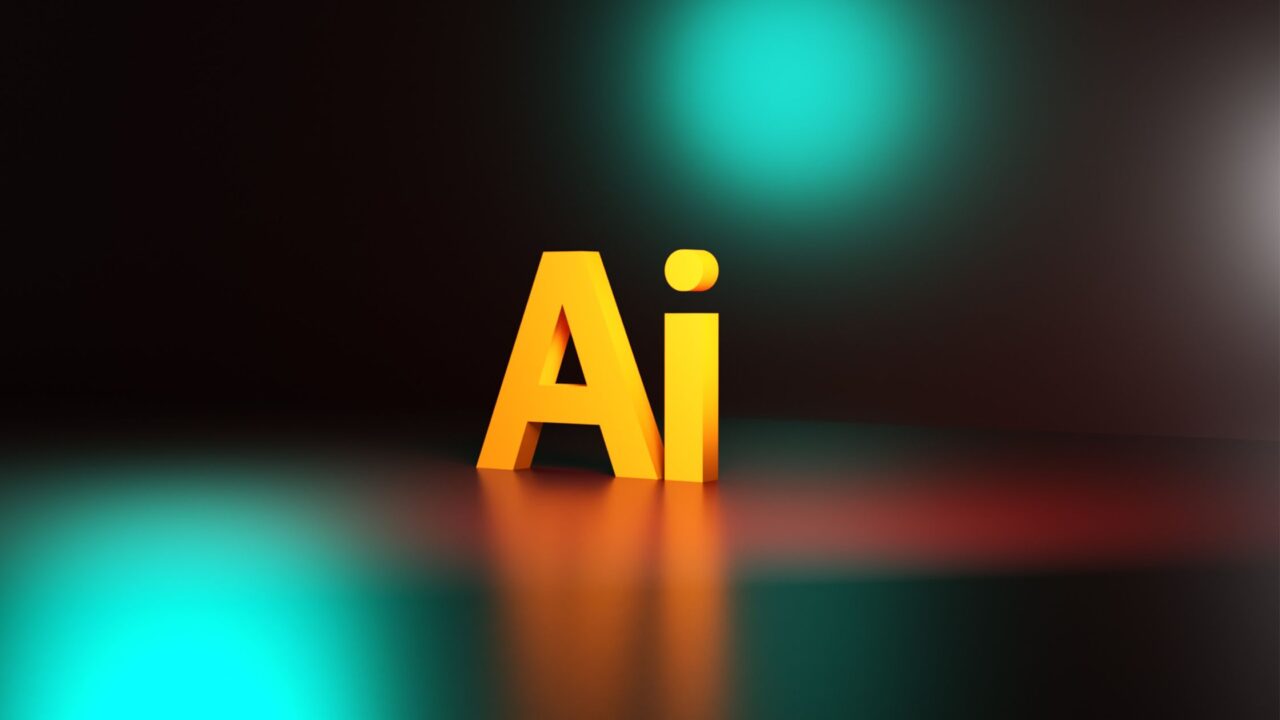Artificial Intelligence (AI) and analytics have been rapidly advancing in recent years and are transforming industries across the globe. The future of AI and analytics is highly promising, with new developments and trends emerging every day. Here are some predictions and trends for the next 5-10 years:
Increased Adoption of AI:
The adoption of AI technology will continue to increase across various industries. According to a report by IDC, worldwide spending on AI is expected to double from $50.1 billion in 2020 to $110 billion in 2024. This is due to the fact that AI has the potential to increase efficiency, reduce costs, and improve decision-making.
Advancements in Machine Learning:
Machine learning is a subset of AI that involves teaching machines to learn from data. In the next 5-10 years, there will be significant advancements in machine learning algorithms, making them more accurate and efficient. This will enable machines to learn and make decisions on their own, without human intervention.
Increased Use of Predictive Analytics:
Predictive analytics involves using data, statistical algorithms, and machine learning techniques to identify the likelihood of future outcomes. In the future, predictive analytics will be used extensively across industries to make accurate predictions, identify trends, and gain insights into customer behavior.
Greater Use of Natural Language Processing (NLP):
NLP is a branch of AI that involves teaching machines to understand and process human language. In the next 5-10 years, NLP will be used to develop more sophisticated chatbots, voice assistants, and virtual assistants that can interact with humans more efficiently and effectively.
Greater Emphasis on Data Privacy and Security:
As the use of AI and analytics continues to grow, there will be a greater emphasis on data privacy and security. Organizations will need to ensure that they have proper data governance policies in place to protect sensitive data from cyber threats and ensure compliance with regulations.
Increased Use of Edge Computing:
Edge computing involves processing data closer to where it is generated, rather than sending it to a centralized data center. In the next 5-10 years, there will be a greater use of edge computing in AI and analytics, as it allows for faster processing of data and reduces the load on centralized data centers.
Greater Collaboration between Humans and Machines:
In the future, there will be a greater collaboration between humans and machines. Machines will be able to take on more routine tasks, freeing up humans to focus on more complex and creative tasks that require human intuition and decision-making.
In conclusion,
AI and analytics are rapidly advancing and transforming industries across the globe. The future of AI and analytics is highly promising, with new developments and trends emerging every day. Organizations that stay up-to-date with the latest developments in AI and analytics will be better equipped to take advantage of the opportunities presented by this exciting field.


